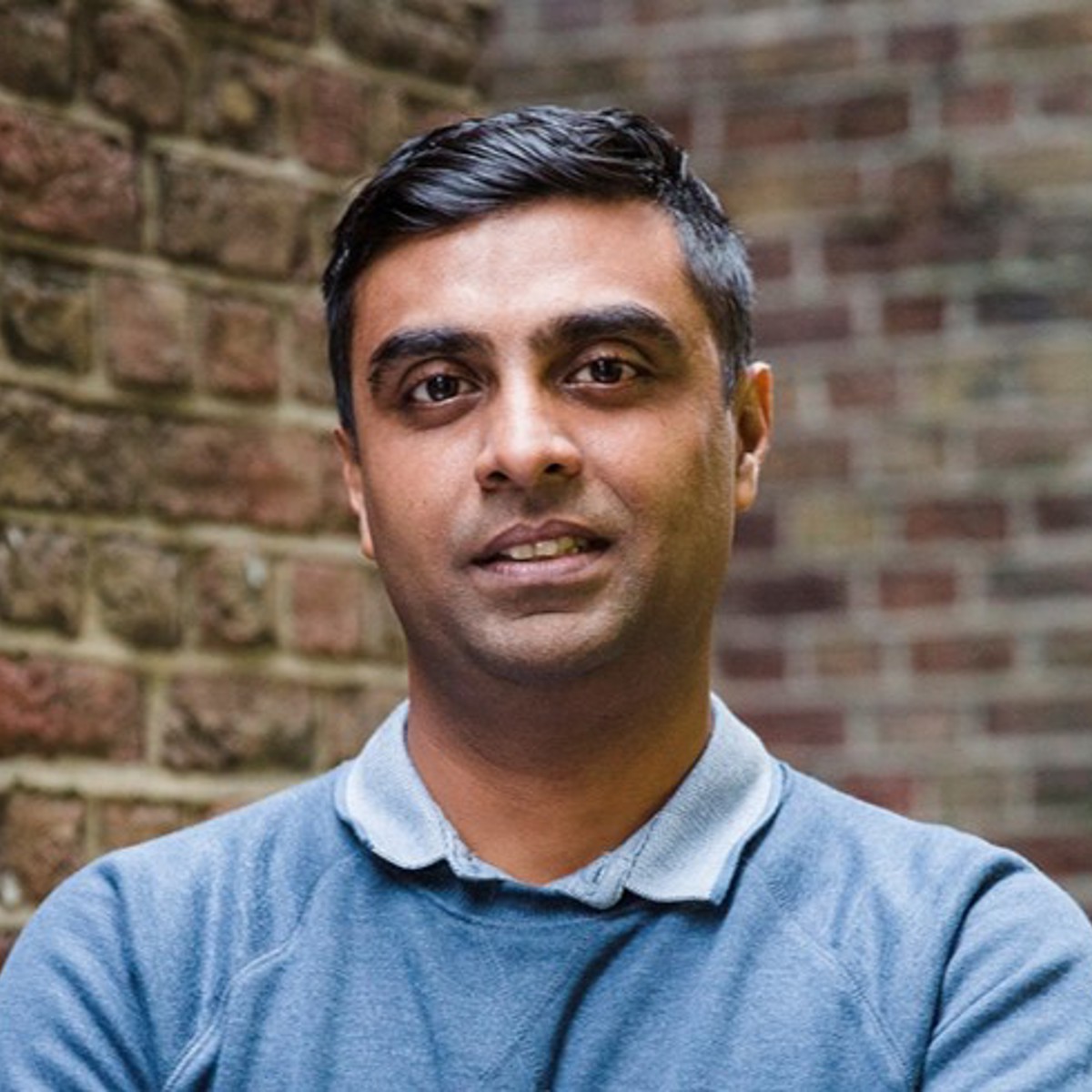By Dr Mahendra Gooroochurn


Dr Mahendra Gooroochurn
I believe that community engagement and buy-in are fundamental aspects any researcher needs to consider during the design and implementation of an intervention.
I also believe that the built environment is unique because of the emotional bond each one of us attaches to our homes, particularly during the global pandemic we’re going through where many of us have spent more time at home than ever before. This emotional bond can provide a very powerful leverage to reach out to people, raise awareness of climate change, and learn from community members to co-design local solutions that can be applied to co-create a more sustainable built environment for all.
Engaging communities in research also makes outcomes applicable to other disciplines and sectors, such as responsible citizenship, social inclusion, sustainable transportation, and green businesses. This is simply because the basis for all these desired changes in our society is the same: a responsible, caring, and proactive mindset.
The concept of synergy
I come from a background in engineering – namely Mechatronics, which seeks synergy between mechanical and electrical/electronic software engineering in the design of optimised systems which cannot be achieved by working in a siloed approach.
Frameworks such as BREEAM sustainability assessment method, the LEED rating system, and the Ellen McArthur Foundation’s circular economy framework, have been key in my research efforts to devise simple and low-tech measures to improve the circularity and sustainability of our buildings.
To provide one example, the diagram below illustrates the Ellen McArthur Foundation circular economy framework which comprises three overarching principles:
(1) Designing out waste and pollution
(2) Keeping materials and products in the loop
(3) Regenerating natural systems, which can be applied for identifying sub-optimalities and designing solutions.

Applying these principles at the level of individual homes and communities means that we would make maximum use of the natural resources available at the person’s dwelling, while preventing undesirable environmental impacts.
An example could be the management and use of rainwater run-off from roof surfaces, which has numerous benefits including the reduction of potable water use for irrigation, toilet flushing, and washing cars.
One idea that I developed through a student project was the design of a wind turbine rainwater harvesting system, which allowed rainwater collected at ground level to be transferred to roof level using intermittent wind energy. Ultimately, it would also enable the use of rainwater at ground level without any active energy input. The project was the national winner of the Energy Globe 2016 awards, and it exemplifies my design philosophy – to meet local-level needs using natural resources first, before relying on grid services. My belief is that by achieving maximum circularity at local level, the benefits can be amplified at neighbourhood level, both in terms of resources and community mindsets.
Another example of my sustainable design philosophy is a project I did to improve thermal comfort in concrete buildings in Mauritius. I worked with unconditioned buildings to create a ventilated wall by using readily available, cheaper light blocks, which are hollow on both sides, instead of normal blocks (Figure 2). By creating slots on the external face of the building (Figure 3), which allows warm air to be flushed out naturally, the outcome was a ventilated space which did not need active energy systems to operate – and yielded as much as 6°C reduction in indoor wall surface temperature.

Finding synergies with communities
I am really fascinated by the idea of synergy and how it can be extended from a technical field to social and environmental dimensions.
My research philosophy in applying circular design principles, such as those outlined above, comes from a bottom-up paradigm whereby homes represent the building blocks of a circular economy before further synergies are sought at the community level.
As an engineer and researcher, I am looking to bring innovative techniques such as artificial intelligence, the Internet of Things (IoT), and automation to co-design solutions with communities. As an example, I have been working to develop a solar chimney using glass panes and aluminium frames (Figure 4 below), which can change its operating mode between heating to cooling simply by monitoring internal and external conditions and automatically deciding which pane to open. This solution can be applied to both the warmer coastal regions and the colder central regions of Mauritius, due to its flexible operation and use of readily available technologies.

From engineering to community engagement
For the uptake of such sustainable solutions by the general public, there is pressing need to bring transparent and factual knowledge about climate change to the community so that a vital partnership and trust can be established between the researcher and the local population. I believe the research community has a key role to play in facilitating this relationship-building.
More generally, for climate change mitigation to succeed, community engagement at grassroots level is essential. Testing and prototyping what works and how things need to be done is mandatory to demonstrate concretely how knowledge and policies are translated into practice.
A presentation by Mahendra Gooroochurn
